Are you looking for Credit Cards That Accept Bankruptcies? If Yes, You are at the right place.
In this article, We are sharing all the information about the Best Credit Cards That Accept Bankruptcies.
Getting a new credit card is one of the most important steps in rebuilding your credit after bankruptcy. A credit card that is the best after bankruptcy is easy to obtain keeps fees to a minimum, and reports monthly activity to the major credit bureaus. The availability of credit cards for bankruptcy-affected consumers can be overwhelming, but good options are often hard to come by.
Credit cards seem like a huge risk after bankruptcy, but this step could help you bounce back. All your credit movements will be reported to the three major credit bureaus when you have a credit card. Getting a fresh start on your finances is possible after bankruptcy if you have enough positive reports on your credit reports.
Credit card issuers are rarely willing to extend a line of credit to individuals with recent bankruptcy records. You can still get credit cards for people with bankruptcy if you look hard enough. To get started, you must make a cash deposit as collateral for these cards.
Top 5 Best Credit Cards That Accept Bankruptcies
Contents
- 1 Top 5 Best Credit Cards That Accept Bankruptcies
- 2 How Do I Select the Best Credit Card After Bankruptcy?
- 3 Should You Get a Credit Card After Bankruptcy?
- 4 How Does Bankruptcy Affect Your Credit?
- 5 How to Rebuild Your Credit After Bankruptcy?
- 6 How to Use a Credit Card After Bankruptcy?
- 7 How Did We Choose These Best Credit Cards That Accept Bankruptcies?
- 8 FAQs
Here are the Top 5 Best Credit Cards That Accept Bankruptcies–
Discover it Secured Credit Card
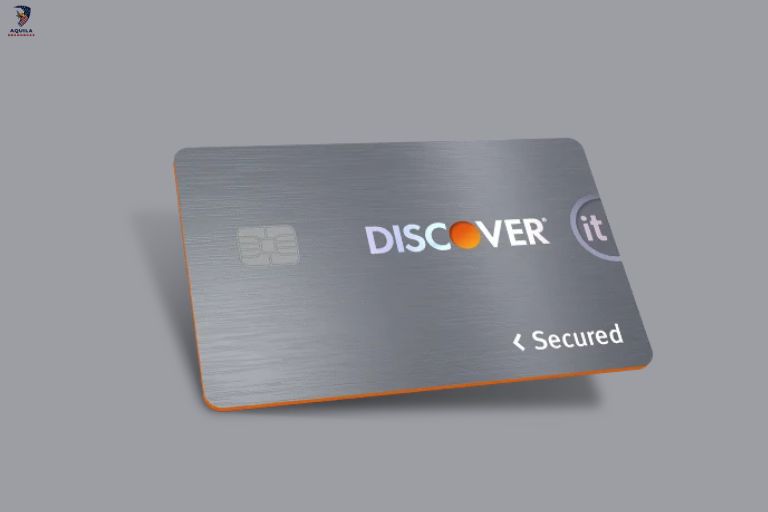
Discover it Secured Credit Card is our top recommendation among bankruptcy credit cards because you’ll face minimal fees and earn rewards. There is no annual fee or foreign transaction fee associated with this card. Your FICO score will also be free on your monthly credit card statement, and late fees will be waived for the first late payment; after that, it will be up to $41.
The card offers 2% cash back (Read: Best Cash Back Credit Cards) on gas stations and restaurants up to $1,000 each quarter, followed by 1% (then 1%) and 1% on everything else. You will also earn rewards after your first year with Discover.
Pros and Cons of Discover it Secured Credit Card
Pros
- You can apply without a credit score and without harming your credit.
- Get 1-2% back on eligible purchases, plus a first-year cashback match.
- It is possible to qualify for automatic upgrades.
- Free FICO credit score review.
- Credit reports are sent to all three credit bureaus.
- You’ll also receive free Social Security number alerts and a $0 fraud liability guarantee.
- You can get preapproved without affecting your credit score.
Cons
- There is a high variable purchase APR.
OpenSky Secured Visa Credit Card
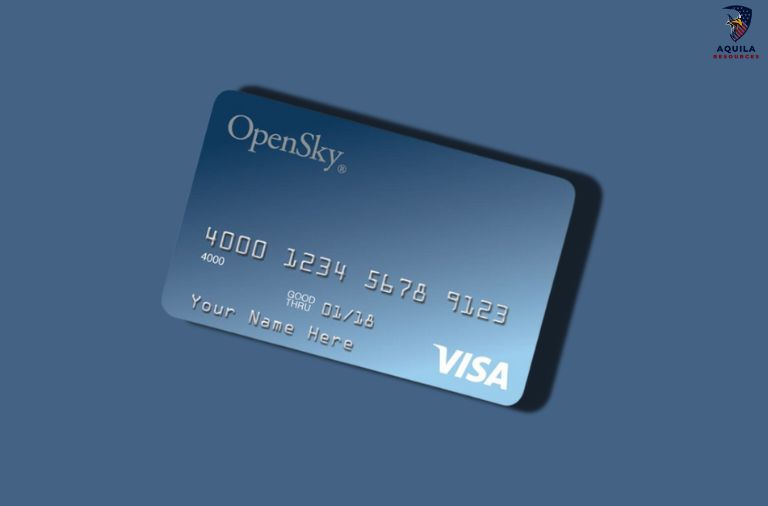
With the OpenSky® Secured Visa® Credit Card, you shouldn’t worry about being turned down for bankruptcy credit cards. There is no credit check when you apply for this secured credit card, so almost anyone can obtain it.
There is a $35 annual fee, and foreign transaction fees of 3 percent apply to purchases made outside of the United States. Despite this, you can get started with as little as $200 as an initial deposit, and each of the three credit bureaus will keep track of your credit history.
Pros and cons of OpenSky Secured Visa Credit Card
Pros
- An affordable $35 annual fee
- The minimum deposit is $200
- An increase in credit line after six months without additional deposits
- The company reports monthly to all three major credit bureaus
Cons
- Foreign transaction fee of 3 percent
- There is no rewards program
- A loan must be approved if your income exceeds your expenses
Capital One Quicksilver Secured Cash Rewards Credit Card
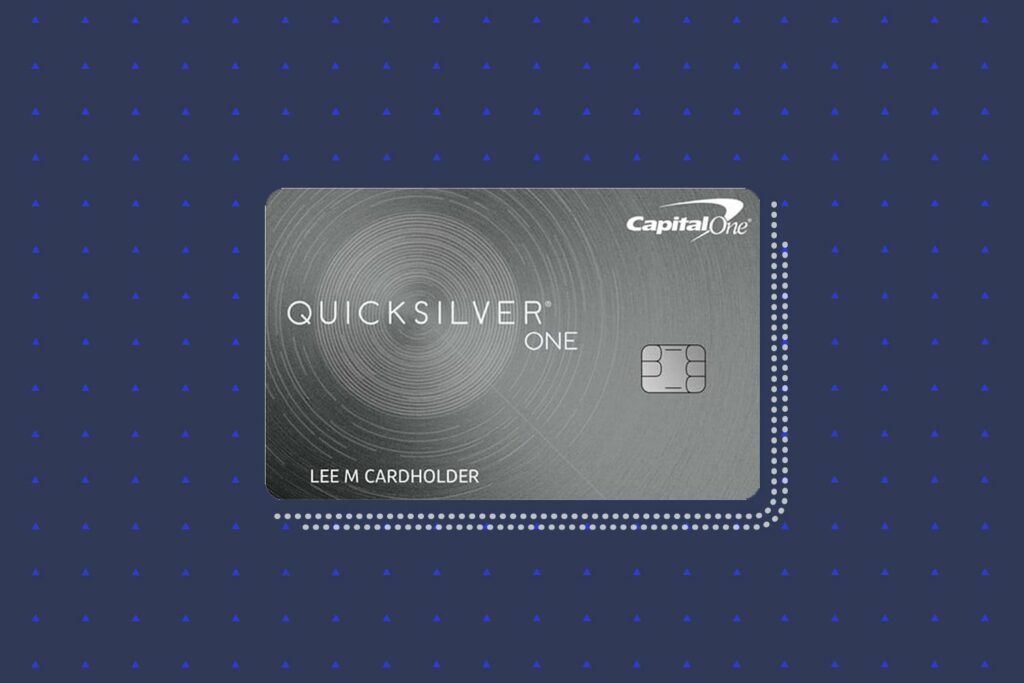
A Capital One Platinum Secured card is one of the best credit cards after bankruptcy because it allows individuals who have defaulted on multiple loans to qualify. The deposit amount required for establishing a credit line varies depending on the terms of the offer, but on average, a deposit of $49, $99, or $200 earns you a $500 credit line.
No credit check is required, and there are no annual fees, foreign transaction fees, replacement or authorized user fees. The program also offers rewards, such as unlimited cash back on everyday purchases, and you only need to have a bankruptcy case resolved to qualify.
Although it offers some advantages, drawbacks include the high-interest rate and the absence of an introductory APR period.
Pros and cons of Capital One Quicksilver Secured Cash Rewards Credit Card
Pros
- Provides rewards
- You only need to be discharged from bankruptcy to qualify
- Every purchase earns you unlimited cash back
- There is no annual fee
- You can qualify with a limited credit history
Cons
- Rates of interest are high
- There is no introductory APR period
Capital One Platinum Secured Credit Card
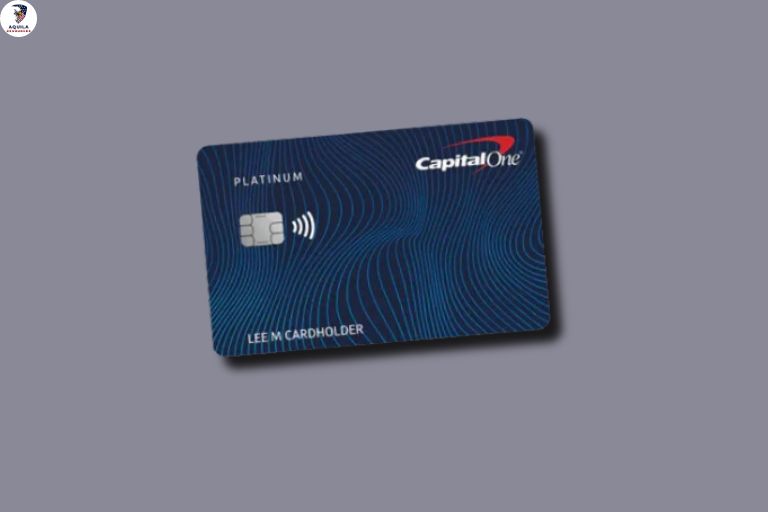
Capital One Platinum Secured credit cards operate differently than other market products. Once you receive approval, you will receive a $200 credit line unless you decide to pay a higher deposit. Capital One determines the amount in increments of $49, $99, and $199 to activate your account. To open a higher credit line immediately, you can pay as little as $49 to open the account.
A further benefit of this credit card is that there is no annual fee. Moreover, Capital One might extend your credit line without requiring further deposits after the first six months of on-time payments. This could be a good choice if you want a card that will give you more purchasing power.
Pros and cons of Capital One Platinum Secured Credit Card
Pros
- There is no annual fee
- Deposit requirements are lower
- A higher credit line is considered after six on-time payments
- There are no foreign transaction fees
- Free credit scores are available through CreditWise
- An initial deposit of a higher amount can also raise your credit limit
Cons
- Cashback rewards are not available on purchases
- 29.99% is the variable interest rate
First Progress Platinum Select Mastercard Secured Credit Card
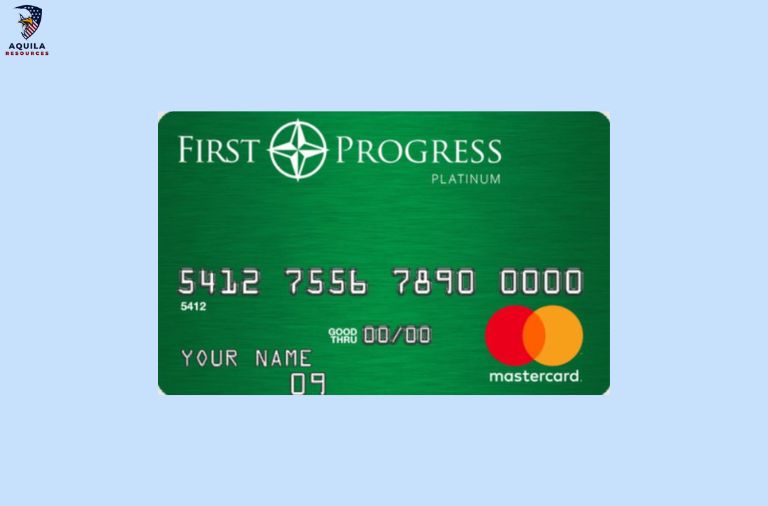
If you have recently filed for bankruptcy, the best post-bankruptcy credit cards can help you rebuild your credit. There are many secured credit cards available on the market. Still, one of the top ones is the First Progress Platinum Select Mastercard Secured Credit Card, which has a low annual fee of only $29 and no monthly or one-time application fees.
Those who have just gone through bankruptcy and had it discharged by the court are ideal candidates for this loan since it requires no minimum credit history or score. Your deposit must be funded, your identity verified, and you must demonstrate enough income to cover your monthly expenses to qualify for an application.
There is no minimum credit score requirement, a $200 minimum deposit, and monthly reports to all three major credit bureaus with no hard inquiries. In addition to the $39 annual fee, no rewards or bonuses are associated with the account, and foreign exchange fees of 3% are charged.
Pros & Cons of First Progress Platinum Select Mastercard Secured Credit Card
Pros
- There is no minimum credit score required
- The minimum deposit is $200
- Monthly reports to the three major credit bureaus
- Your credit report will not be hard inquired
Cons
- The annual fee is $39
- There are no rewards or bonuses.
- The foreign transaction fee is 3%
How Do I Select the Best Credit Card After Bankruptcy?
A credit card tailored to your needs can help you rebuild your credit if you’ve recently filed for bankruptcy. The following factors should be considered when choosing a credit card after bankruptcy.
Basic Eligibility
It would help if you looked for a credit card catering to consumers with poor credit. The approval criteria for many of these cards are flexible.
Secured credit cards allow you to get a credit line more easily since they require you to deposit to protect your credit line. An unsecured credit card does not require a deposit but usually has higher fees and interest rates.
Cost Factors
Many post-bankruptcy credit cards charge high annual fees. If the card’s benefits outweigh the annual fee, you must decide whether it is worth it.
There will be a large increase in credit card interest rates after bankruptcy, but the levels will vary dramatically. A card with a lower APR can save you money if you carry a balance over several billing cycles. Whenever you pay off your entire bill each month, you’ll always have a 0% APR.
Reporting to Credit Bureaus
You should ensure that all three major credit bureaus receive a copy of your credit card payment. A comprehensive report of on-time payments is the most effective method for restoring credit.
It is common for cards to report monthly but check the cardmember agreement for the reporting frequency. In addition to updating your credit utilization ratio, your balance at the end of each billing period updates your outstanding balance.
The balance on your credit card on the reporting date may increase your CUR and negatively affect your credit score. Make your payment before the end of your billing cycle to avoid this problem. You can view your available credit and billing cycle start and end dates on your monthly account statement.
Additional Considerations
A few post-bankruptcy cards offer cash back or other perks to help rebuild credit while you are rebuilding.
You can repay your balance without incurring interest with nearly all credit cards if you have a grace period. If the grace period is present, there must be at least 21 days of grace after the cycle end date to the payment due date. If your credit card has no grace period, you may be charged interest on your purchase from the day you made it.
There can be additional charges such as late fees, cash advance fees, and foreign transaction fees. The Schumer Box in the cardmember agreement contains all fees.
Should You Get a Credit Card After Bankruptcy?
Using a credit card can assist you in rebuilding your credit and finances after bankruptcy. The use of credit cards can not only help you establish a positive credit history but also help you re-learn good money habits. It’s important to proceed with this step only if you’re ready to use a credit card like a debit card. Use your credit card only for purchases you can afford right away.
An open-ended personal loan is another way to build credit if you are still getting prepared for the responsibility. Your credit line will not renew each time you pay down your balance; instead, you’ll receive one lump sum of cash that you’ll repay over time.
How Does Bankruptcy Affect Your Credit?
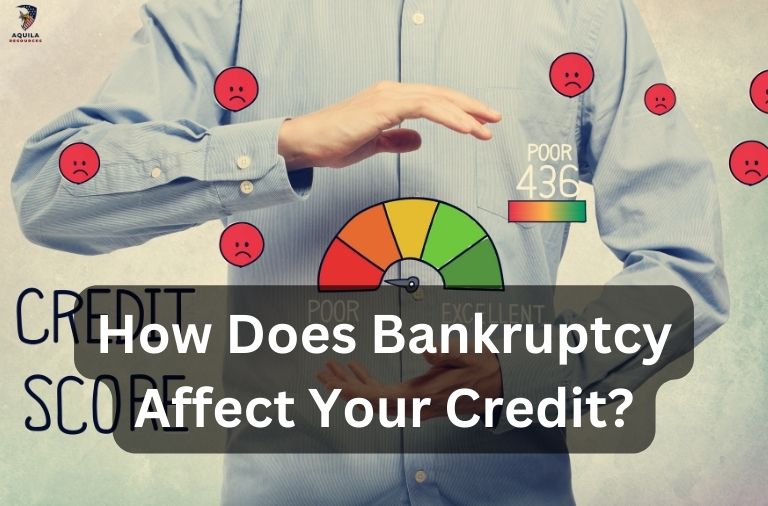
Bankruptcy can help you eliminate or reduce debts you cannot pay, but it also decreases your creditworthiness. This may impact your credit score, dropping significantly and making borrowing money and purchasing difficult. You may need help obtaining a credit card, bank loan, or mortgage loan, and the bankruptcy effects may not wear off for years.
Credit can still be obtained after bankruptcy, even though it can be difficult. A bankruptcy on your credit report will make borrowing money more expensive. The good news is that you can start over by getting a secured credit card after bankruptcy to rebuild your credit since all your debts will be discharged in bankruptcy.
How to Rebuild Your Credit After Bankruptcy?
The process of rebuilding your credit after bankruptcy will take time. Depending on the type of bankruptcy, bankruptcy filings can stay on your credit report for seven to ten years and affect your credit scores. There is a gradual reduction in the negative effects, but patience will be required.
You can also build a positive credit history by opening and using credit accounts. You can manage multiple credit cards responsibly and not fall back into debt if you have a credit card such as one of the ones listed above. Make sure you continue making your payments on time if you have unpaid loans, such as student loans. A credit-builder loan or lending circle might interest you if not.
You should, however, avoid overextending yourself. Your credit scores can improve if you pay your loans on time and pay down their balances. You can still damage your credit score if you miss a payment.
How to Use a Credit Card After Bankruptcy?
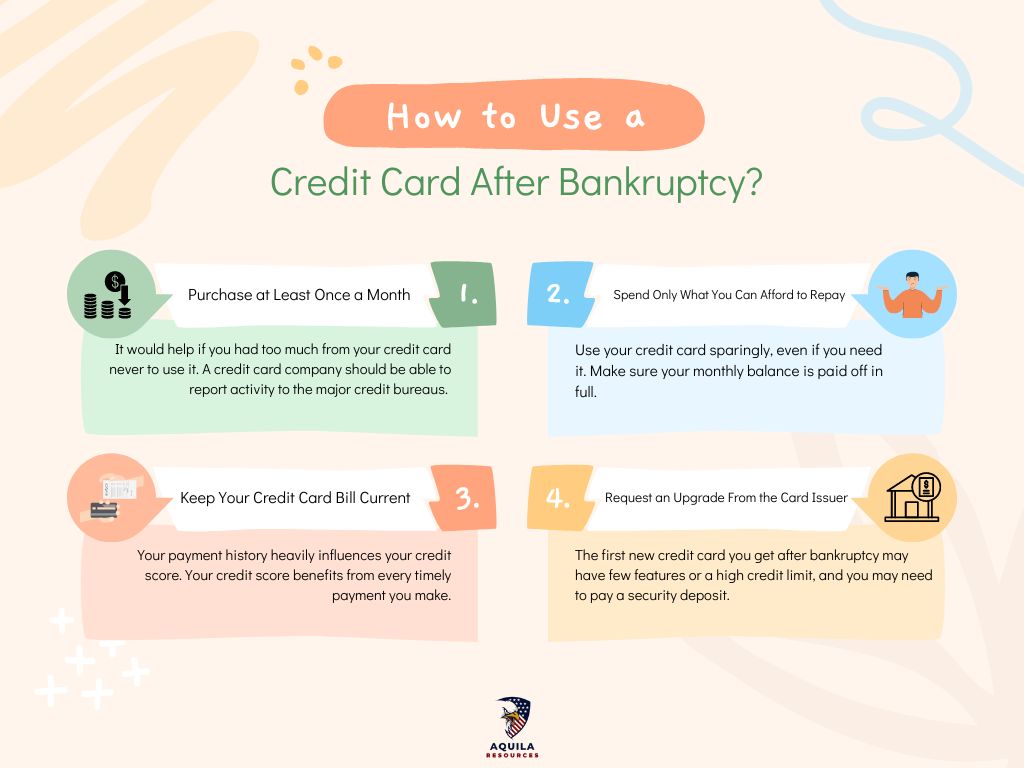
The credit card activity you use can help you rebuild your credit rating if you follow good habits. You can improve your credit score by using a credit card after bankruptcy by following these steps:
- Purchase at Least Once a Month: It would help if you had too much from your credit card never to use it. A credit card company should be able to report activity to the major credit bureaus. Purchasing a single item per month is enough.
- Spend Only What You Can Afford to Repay: Use your credit card sparingly, even if you need it. Make sure your monthly balance is paid off in full. Keeping yourself out of debt and avoiding interest charges can be helpful. You will also benefit from it if you have a low credit utilization ratio, which is a fraction of your credit limit used compared to your credit card balance. Your credit utilization heavily influences your credit score.
- Keep Your Credit Card Bill Current: Your payment history heavily influences your credit score. Your credit score benefits from every timely payment you make. Use a calendar app to schedule a monthly reminder or automatic payments to prevent late payments on your credit card account.
- Request an Upgrade From the Card Issuer: The first new credit card you get after bankruptcy may have few features or a high credit limit, and you may need to pay a security deposit. You may be eligible to upgrade your card after six to 12 months of ownership. Most credit card companies allow their customers to upgrade to a card with more features at some point. You can transfer your deposit to an unsecured card if you started with a secured one.
When recovering from bankruptcy, ensure that you are also building financial security. Create a budget each month to determine how much you can spend. Regularly contribute to your emergency fund by setting up a savings account.
The more you do that, the more financially independent you will become. Credit will also recover as you pay your credit card bills on time and consistently use your credit card. The best credit cards will eventually be available, but it takes time.
How Did We Choose These Best Credit Cards That Accept Bankruptcies?
The best bankruptcy credit cards were determined based on several factors. Among the cards we reviewed were those with no or low annual fees. Rebuilding credit cards is usually associated with high fees that lenders try to impose. A monthly charge can be included in the fees and program fees or high annual fees. These cards were eliminated from our list.
The long-term prospects of using these cards were also taken into consideration. Your credit score should improve as you improve, so the card should grow with you. Because of this, we chose cards that offered higher credit lines when paying on time. The cashback incentives we offered also played a role in our decision. The possibility of earning cashback on purchases while rebuilding your credit would be a win for us.
FAQs
How Long After Bankruptcy Can I Have a Credit Card?
You can apply for a credit card once your bankruptcy is discharged. A credit score can provide valuable insight into what options are available to you before you apply. A secured credit card is likely to be easier to get approved for. Banks are more likely to extend credit if you provide upfront cash collateral.
What Happens to Your Credit After Bankruptcy?
Bankruptcy can affect your credit score depending on your credit history before filing. Bankruptcy can result in your credit score dropping, but in some cases, a low credit score may even improve after you file for bankruptcy since it clears away all other negative marks.
How Fast Can You Rebuild Your Credit After Filing for Bankruptcy?
The best way to rebuild your credit score after bankruptcy is to maintain good credit habits, which will help your credit score improve over time. One of the most important ways to improve your credit score is to make your debt and bill payments on time and in full. Additionally, you can reduce your credit utilization rate by keeping it low.
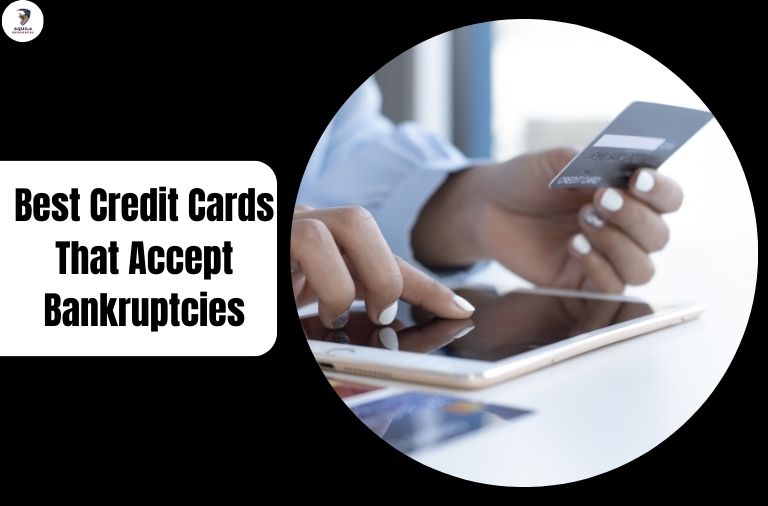














Add Comment